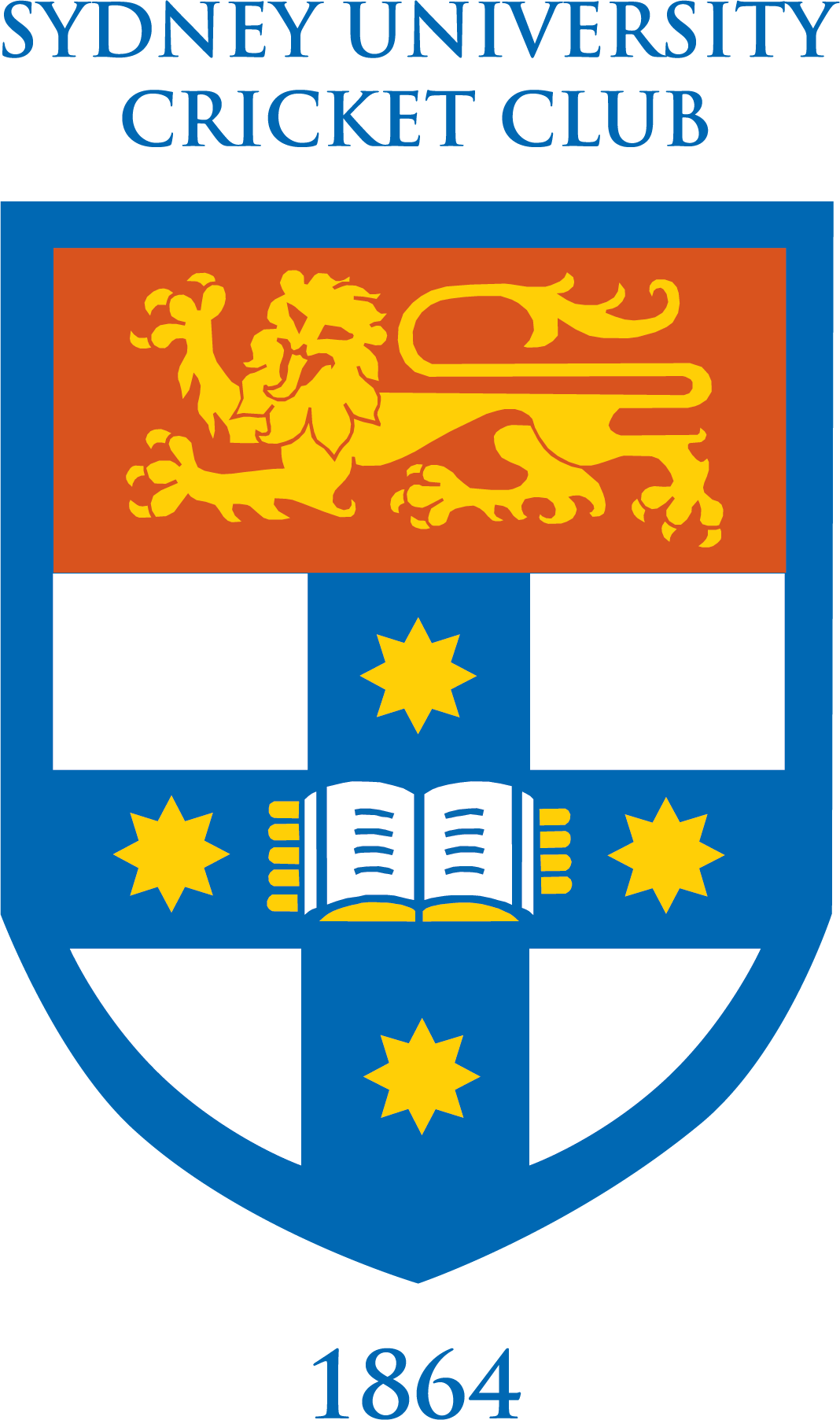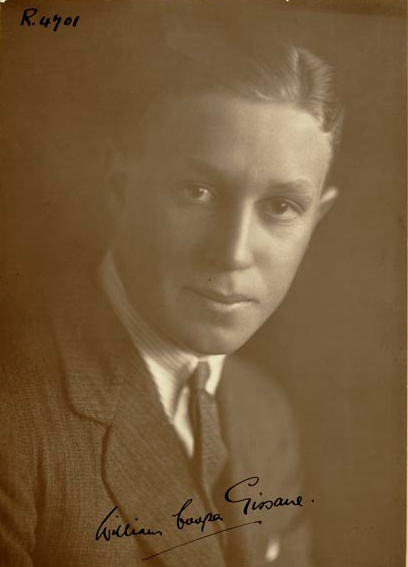Professor WC Gissane CBE lived and worked for most of his adult life in England, from 1927 until his death 54 years later.
From 1941, he was the first Clinical Director and Surgeon-In-Chief of the Birmingham Accident Hospital where he did invaluable work in reducing the number of road and industrial accidents. A medical device was even named after him. ‘The Critical Angle of Gissane’ helps determine the presence of a calcaneous fracture on a lateral foot x-ray on a radiograph. From 1964, he was Honorary Professor of Accident Surgery and, in recognition of his services to Medicine, he was awarded the CBE (Commander of the British Empire) in 1964. He was a Vice President of the Warwickshire County Cricket Club.
In Sydney, he had played one 1st Grade game of cricket.
Or had he?
He had been born in Redfern on 26 April 1898, the son of a tea merchant, and he completed his school education at St Ignatius’ College Riverview from 1915 to 1917. He was appointed one of five College Prefects and was a confident speaker in the debating teams. He played for the 1st XV Rugby team as a winger and for the 1st XI cricket team as vice-captain and a batsman/keeper. In the 1st XV competition, Riverview finished second, beaten only by Sydney Grammar, and fair haired Gissane earned praise for “handling and kicking” and criticism for being “weak at tackling.” He was small in stature but was to grow to 5 feet 9 inches over the next few years. In the 1st XI, captained by Jim Sullivan (1899-1993), a future Sydney University player, Gissane was a reliable batsman early in the order and his figures were creditable, 491 runs @32. Both Sullivan and Gissane were selected for the Combined GPS 1st XI that played Sydney University in December 1916 on University no1 Oval in front of a few hundred spectators. The GPS side was thoroughly outplayed as University rattled up 8 for 288 in reply to the GPS total of only 110. Gissane, batting down the order, shaped nicely for 11. University’s rather casual attitude drew sharp comment from The Referee. The University players were inexcusably late back from lunch and had left the schoolboys and the umpires waiting. Gissane kept wickets untidily.
Nevertheless, when Gissane came to study Medicine there, he turned out for the Club’s 2nd Grade in 1919-20 where he scored steadily, 173 runs @21.6, including a commanding 74 against Randwick. He also represented the Sydney University Football (Rugby) Club’s 2nd Grade side. From then on, his appearances in the University teams were confined mainly to 2nd and 3rd Grades where, in cricket, he scored some runs regularly and even took up bowling with some success in 3rd Grade. He worked diligently at his studies.
When Malcolm Jagleman was unavailable for the 1921-22 game on 8-15 October, Gissane was summoned to University no1 Oval to keep wickets for 1st Grade against Balmain (SUCC 1st Grade cap no190). The first day was affected by weather and Balmain batted strongly to go to stumps at 2 for 86. Gissane took the first catch from the bowling of Albert Kendall when the future Test player, ‘Hammy’ Love, snicked one. On the second day, Balmain collapsed for 143 and University batted out the day to finish at 9 for 243. Ray Boyce (76) and Max Hesslein (74) led the way but Gissane, batting at number 9 was bowled by Storey for 2.
Gissane went back to 2nd Grade and then 3rds and onto graduation and to England where he did further studies, practised Medicine and married a nurse, Marion Dorothy (nee Mason), in 1938. They were to have one son, William (1940-2015) who became a chemical engineer.
What hasn’t been realized until recently was that before brief war service and before beginning studies in Medicine, Gissane had actually played two other 1st Grade games. But not for University! In March 1918, when he was living in Auburn, he played for Wests against North Sydney and batted at number 3 on his 1st Grade debut before being bowled by the ageless Clarrie Hogue for 11. Then, next week, against Sydney, Gissane was caught for 6 and that was the end of his 1st Grade career with Wests. 2 innings, 17 runs.
Seven months later, Gissane enlisted in the AIF at South Head. He had grown to a size where he was to box in the light heavyweight division at University. The Armistice was signed two weeks after Gissane enlisted and he soon swapped his military uniform for an academic gown.
Jim Sullivan admired him. Years later, he referred to ‘Bill’ Gissane as a “tidy cricketer”, a “good cobber” and a “smart cove.”
One footnote to his brief 1st Grade career was that he came up against two of the most enduring slow bowlers who have ever played in Australia.
When he made his 1st Grade debut for Wests in 1918, he was bowled by North Sydney’s Clarrie Hogue who was then less than half-way through his astonishing career. Hogue had first played in 1887 and he was to continue to play for 72 years until finally putting his creams away in 1959.
When Gissane played his one 1st Grade game with University in 1921, the peripatetic ‘H Ironmonger’, who had come up from Victoria at the start of the season, opened the bowling. This was ‘Bert’, ironically nicknamed ‘Dainty’, Ironmonger who consistently claimed to be younger than he really was. During the 1921-22 season, he turned 39 but was yet to play Test cricket where he took 74 cheap wickets. When he played the last of his 14 Tests for Australia in the infamous ‘Bodyline’ series of 1932-33, he had already, extraordinarily, celebrated his fiftieth birthday. He played on in club cricket at a reasonable level until he was 60.
Jim Sullivan ensured that Bill Gissane, his classmate and teammate, was not to be forgotten.
Here is a little more about a man who played one 1st Grade game for University in a remarkable career of service.
JAMES RODGERS

